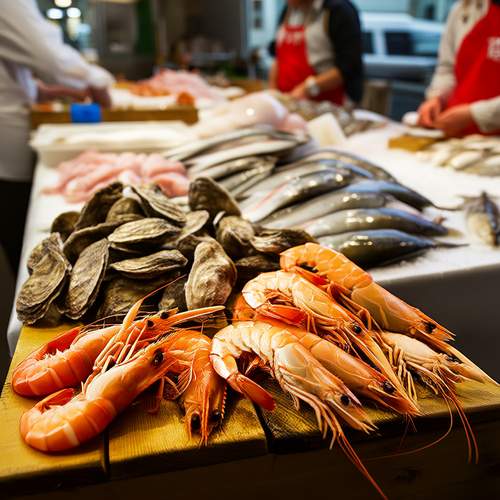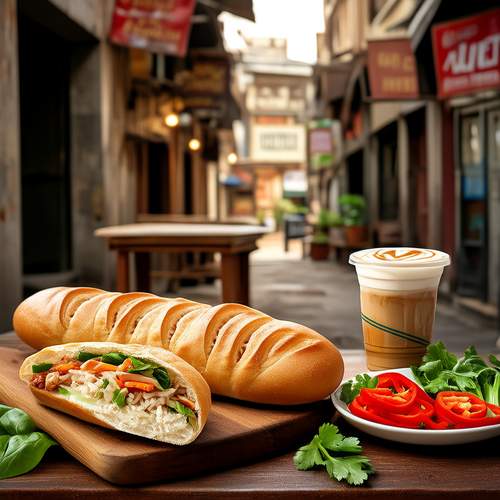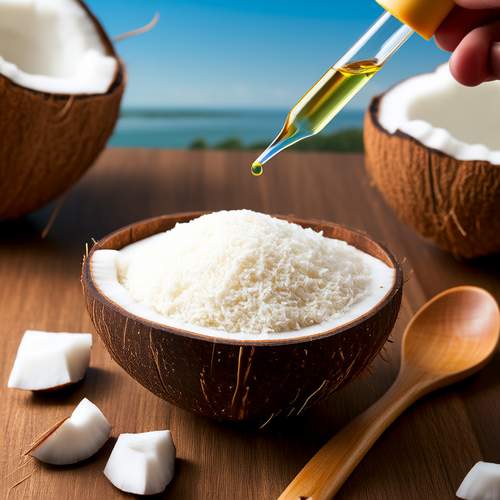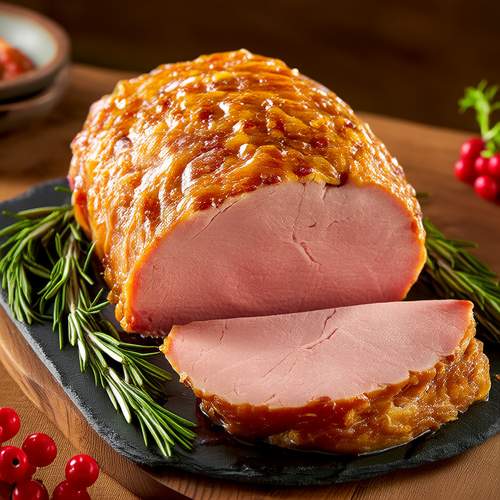The culinary world is constantly evolving, and one of the most intriguing developments in recent years has been the exploration of alternative ingredients that offer both nutritional benefits and functional properties. Among these, coconut flour has emerged as a standout, particularly in the context of oil absorption—a critical factor in baking and frying applications. In the coastal city of Nanaimo, British Columbia, local food scientists and chefs have been delving into the unique characteristics of coconut flour sourced from the region, with a specific focus on its oil absorption rates.
Nanaimo’s coconut flour, derived from organic coconuts processed through a proprietary drying method, has garnered attention for its remarkably high oil absorption capacity. Unlike traditional wheat flour, which tends to absorb less oil and can leave fried foods feeling greasy, coconut flour’s fibrous structure allows it to bind with oils more effectively. This property not only enhances the texture of fried goods but also reduces the overall oil content in the final product, making it a healthier alternative without compromising on taste or mouthfeel.
The science behind this phenomenon lies in the flour’s composition. Coconut flour is rich in dietary fiber, particularly insoluble fiber, which creates a porous matrix capable of trapping oil molecules. When used in batters or coatings, this matrix ensures that oil is evenly distributed, preventing excessive saturation. Local studies conducted by Nanaimo’s food research labs have shown that coconut flour can absorb up to 40% more oil than conventional wheat flour, a finding that has significant implications for both home cooks and industrial food producers.
Beyond its technical advantages, Nanaimo’s coconut flour is celebrated for its environmental sustainability. The coconuts used in its production are sourced from fair-trade farms in tropical regions, and the processing facilities in Nanaimo adhere to strict zero-waste policies. By utilizing every part of the coconut—from the water to the husk—the production process minimizes environmental impact while maximizing resource efficiency. This commitment to sustainability resonates with consumers who prioritize eco-conscious choices, further boosting the flour’s popularity.
Chefs in Nanaimo have been quick to capitalize on these benefits, incorporating coconut flour into a variety of dishes, from crispy tempura vegetables to gluten-free baked goods. One notable example is the city’s famed Nanaimo bar, a dessert that has been reimagined using coconut flour for its base. The result is a lighter, less oily version of the classic treat, which has been met with enthusiastic acclaim. This innovation underscores the versatility of coconut flour and its potential to revolutionize traditional recipes.
However, working with coconut flour does present some challenges. Its high absorbency means that recipes often require adjustments to liquid ratios, and its distinct, slightly sweet flavor can alter the taste profile of savory dishes. Despite these hurdles, Nanaimo’s culinary community has embraced the learning curve, experimenting with blends of coconut and other flours to achieve optimal results. Workshops and cooking classes dedicated to coconut flour techniques have sprung up across the city, fostering a culture of experimentation and knowledge-sharing.
The commercial potential of Nanaimo’s coconut flour is equally promising. Local producers have begun exporting the product to international markets, where demand for gluten-free and health-conscious ingredients is on the rise. Food manufacturers are particularly interested in its oil absorption properties, as it offers a way to reduce fat content in processed foods without sacrificing quality. This economic boost has been a boon for Nanaimo’s small-scale producers, many of whom have seen their businesses flourish as a result.
Looking ahead, the future of Nanaimo’s coconut flour appears bright. Ongoing research aims to further optimize its functional properties, with early trials suggesting that slight modifications to the drying process could enhance its oil-binding capabilities even more. Additionally, collaborations between local farmers and food scientists are exploring the potential of hybrid flours, combining coconut with other regional ingredients like hazelnuts or seaweed, to create innovative new products.
In a world where consumers are increasingly mindful of both health and sustainability, Nanaimo’s coconut flour stands out as a shining example of how local innovation can have global impact. Its unique oil absorption properties, coupled with its environmental credentials, make it a compelling choice for anyone looking to elevate their cooking while making responsible choices. As the culinary landscape continues to shift, Nanaimo’s coconut flour is poised to remain at the forefront of this delicious revolution.

By /May 26, 2025

By /May 26, 2025

By /May 26, 2025

By /May 26, 2025

By /May 26, 2025

By /May 26, 2025

By /May 26, 2025

By /May 26, 2025

By /May 26, 2025

By /May 26, 2025

By /May 26, 2025

By /May 26, 2025

By /May 26, 2025

By /May 26, 2025

By /May 26, 2025

By /May 26, 2025

By /May 26, 2025